-

Samira Abbassy
-

Eleanor Antin
-

Renate Bertlmann
-

Jennifer Binnie
-

Alexander Brodsky
-

Jagoda Buić
-

Victor Burgin
-

Helen Chadwick
-

Peter Cook
-

Rose English
-

Bracha (Bracha L. Ettinger)
-

Romany Eveleigh
-

Silvia Giambrone
-

Simryn Gill
-

David Hall
-

Fathi Hassan
-

Dom Sylvester Houédard
-

Alexis Hunter
-

Reena Saini Kallat
-

Peter Kennard
-

Vivienne Koorland
-

Bob Law
-
![Bice Lazzari - Linee e forma n.8 [Lines and form no.8], 1975](data:image/gif;base64,R0lGODlhAQABAIAAAAAAAP///yH5BAEAAAAALAAAAAABAAEAAAIBRAA7)
Bice Lazzari
-

Malcolm Le Grice
-

Rosa Lee
-
![Barbara LEVITTOUX-ŚWIDERSKA, The Blurry Space [Rozmyta przestrzeń], 1984](data:image/gif;base64,R0lGODlhAQABAIAAAAAAAP///yH5BAEAAAAALAAAAAABAAEAAAIBRAA7)
Barbara Levittoux-Świderska
-

Laima Leyton
-

Bertina Lopes
-

Erin Manning
-
![Franca Maranò - Abito Mentale [Mental Dress], 1977](data:image/gif;base64,R0lGODlhAQABAIAAAAAAAP///yH5BAEAAAAALAAAAAABAAEAAAIBRAA7)
Franca Maranò
-

Gustavo Pérez Monzón
-

Tony Morgan
-

Everlyn Nicodemus
-

Florence Peake
-

Anna Perach
-
![Marinella Pirelli - Senza Titolo [Untitled], 2004](data:image/gif;base64,R0lGODlhAQABAIAAAAAAAP///yH5BAEAAAAALAAAAAABAAEAAAIBRAA7)
Marinella Pirelli
-

Jacqueline Poncelet
-

Su Richardson
-

Erica Rutherford
-

Greta Schödl
-

Berni Searle
-

Juliana Seraphim
-

Penny Slinger
-

Stella Snead
-

Annegret Soltau
-

Jo Spence
-

Daiara Tukano
-

Ulay
-

Ria Verhaeghe
-

Jan Wade
-

Shelagh Wakely
-

Li Yuan-Chia
-
![Magdalena Abakanowicz, Relief sombre de Stefa [Dark relief of Stefa], 1975 (detail)](data:image/gif;base64,R0lGODlhAQABAIAAAAAAAP///yH5BAEAAAAALAAAAAABAAEAAAIBRAA7)
Magdalena Abakanowicz
-

Maliheh Afnan
-
![Olga de Amaral, Encalado en Laca azul [Whitewashed in Laca Azul], 1979 (detail)](data:image/gif;base64,R0lGODlhAQABAIAAAAAAAP///yH5BAEAAAAALAAAAAABAAEAAAIBRAA7)
Olga de Amaral
-

Moumita Basak
-

Myriam Bat-Yosef
-

Baya
-

Paulo Bruscky
-

Henri Chopin
-

Magda Cordell
-

Leonardo Cremonini
-

Thomas De Falco
-

Atelier dell'Errore
-

Claudia Di Francesco
-

Carmen Dionyse
-

Aleksandra Domanović
-

Lili Dujourie
-
![Cleo Fariselli - Venere [Venus], 2024-2025](data:image/gif;base64,R0lGODlhAQABAIAAAAAAAP///yH5BAEAAAAALAAAAAABAAEAAAIBRAA7)
Cleo Fariselli
-

Véronique Filozof
-

Rose Finn-Kelcey
-

Gaia Fugazza
-

Armida Gandini
-

Bita Ghezelayagh
-

Nedda Guidi
-

Ed Herring
-

John Hilliard
-

Ann-Marie James
-

Běla Kolářová
-

Kurt Kren
-

Roelof Louw
-

Huda Lutfi
-

Antonietta Raphaël Mafai
-

Anna Maria Maiolino
-

Bona de Mandiargues
-

Sylvia Plimack Mangold
-

Gino Marotta
-

Maria Martins
-
![Eliseo Mattiacci - Pianeti [Planets], 1982](data:image/gif;base64,R0lGODlhAQABAIAAAAAAAP///yH5BAEAAAAALAAAAAABAAEAAAIBRAA7)
Eliseo Mattiacci
-

Fabio Mauri
-

Carol McNicoll
-

Pierre Molinier
-

Ree Morton
-
![Giulia Napoleone - Ombre del mattino 11 [Morning Shadows 11], 2022](data:image/gif;base64,R0lGODlhAQABAIAAAAAAAP///yH5BAEAAAAALAAAAAABAAEAAAIBRAA7)
Giulia Napoleone
-

Koushna NAVABI
-

Malangatana Ngwenya
-

Roger Palmer
-
![Azione Sentimentale [Sentimental Action], 1973 (detail)](data:image/gif;base64,R0lGODlhAQABAIAAAAAAAP///yH5BAEAAAAALAAAAAABAAEAAAIBRAA7)
Gina Pane
-

Qian Qian
-

Matilde Cerruti Quara
-

Carole Seborovski
-

Holly Stevenson
-

TOYEN
-

Flaminia Veronesi
-
![Edgardo Antonio Vigo - Danza Ritual Macabra [Macabre Ritual Dance], 1992](data:image/gif;base64,R0lGODlhAQABAIAAAAAAAP///yH5BAEAAAAALAAAAAABAAEAAAIBRAA7)
Edgardo Antonio Vigo
-

Caroline Wong
-

Wilma Woolf
-

XIYADIE
-

Marie Yates
-
![VKhUTEMAS [Workshop] - Architectural Model, V-1(C)-23(3), 1929](data:image/gif;base64,R0lGODlhAQABAIAAAAAAAP///yH5BAEAAAAALAAAAAABAAEAAAIBRAA7)
VKhUTEMAS [Workshop]
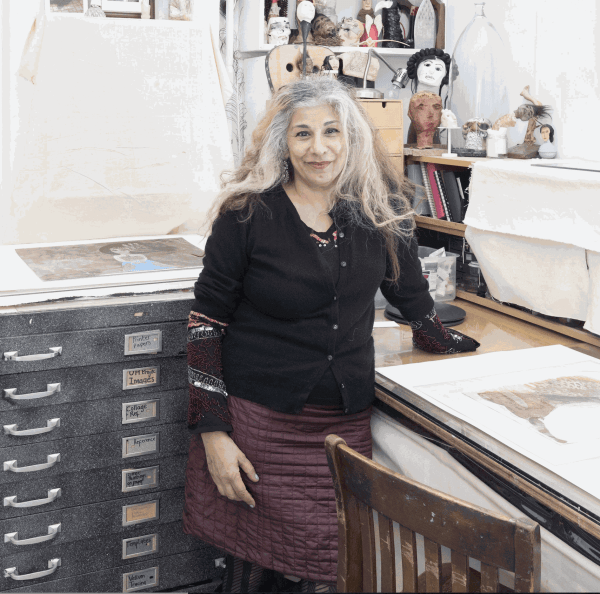

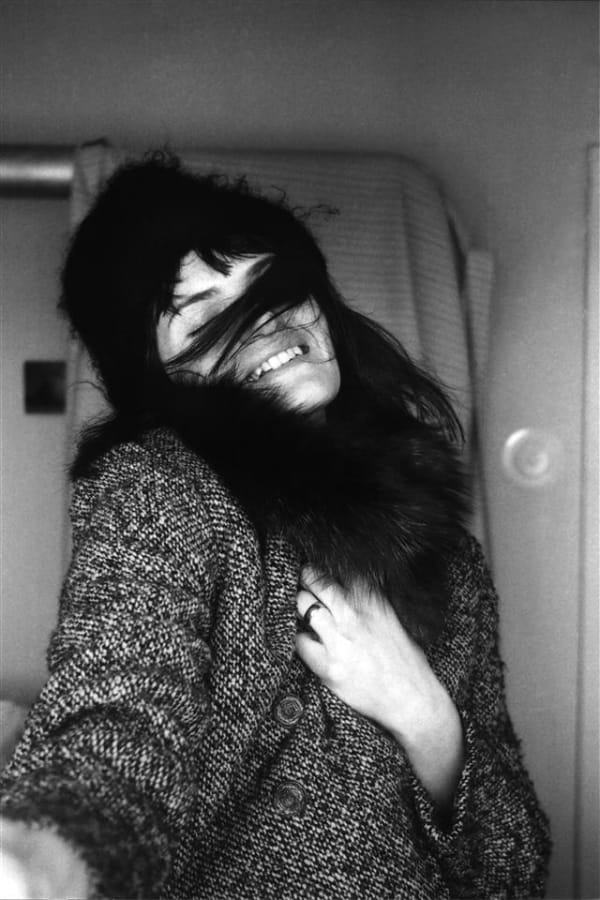


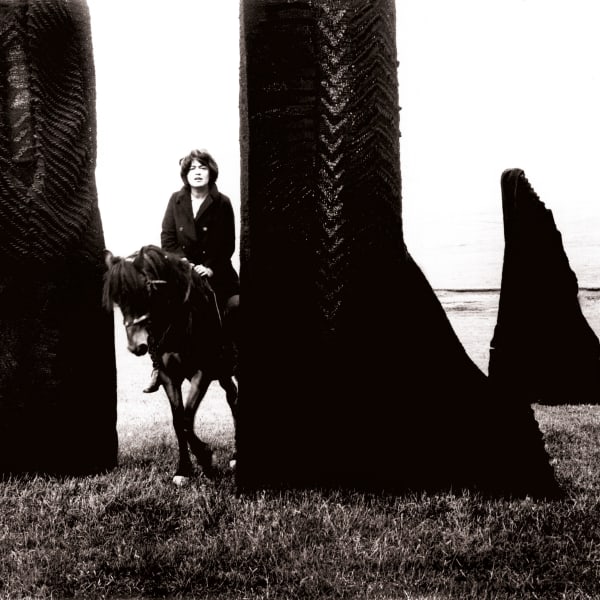

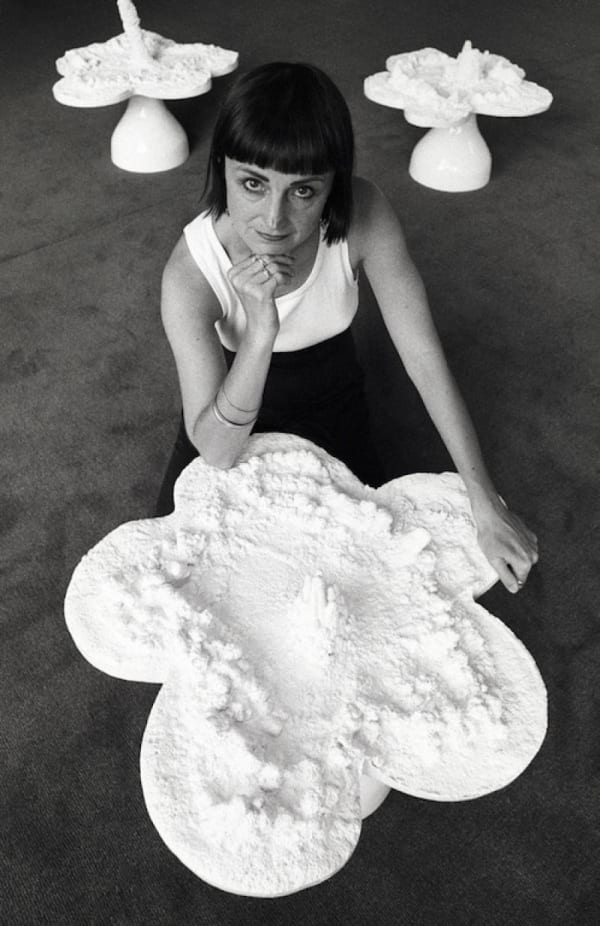
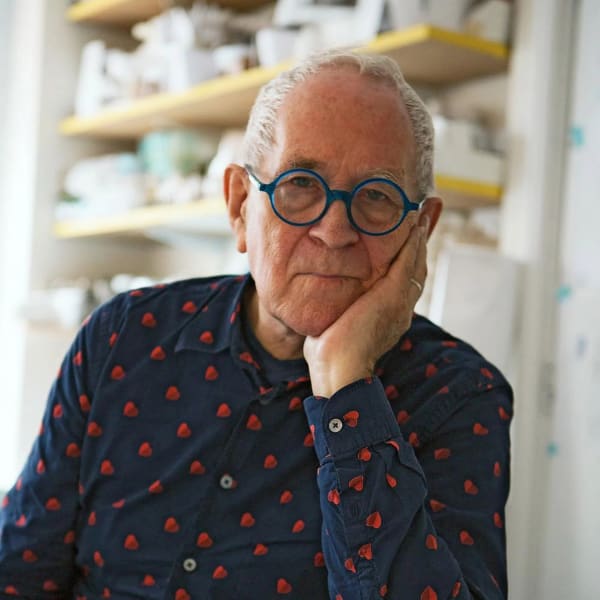

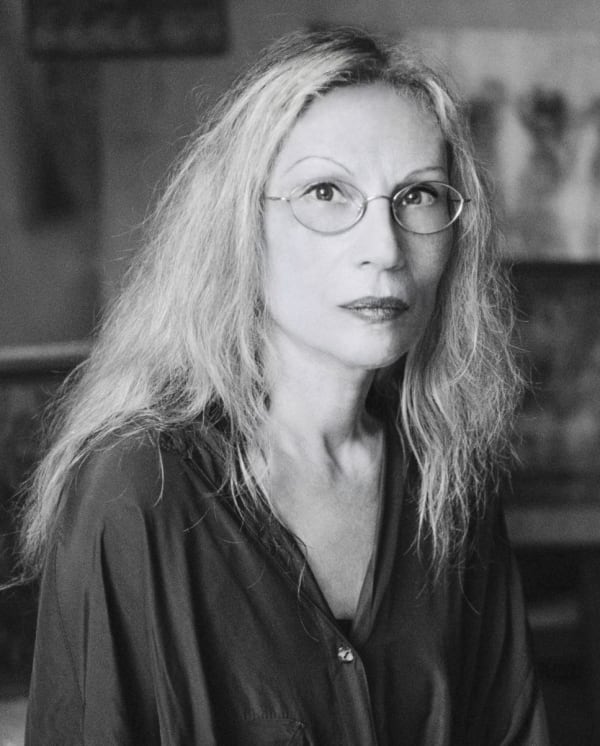



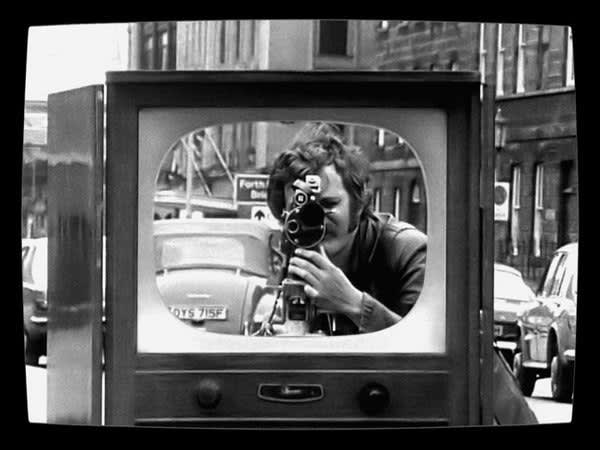

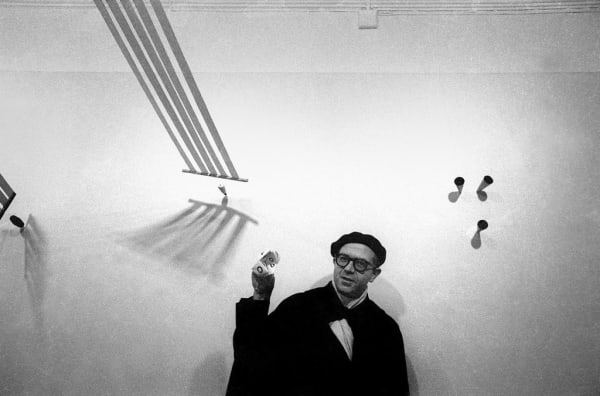

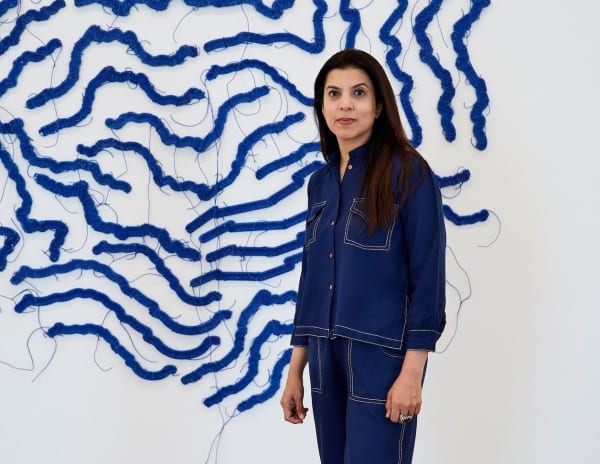

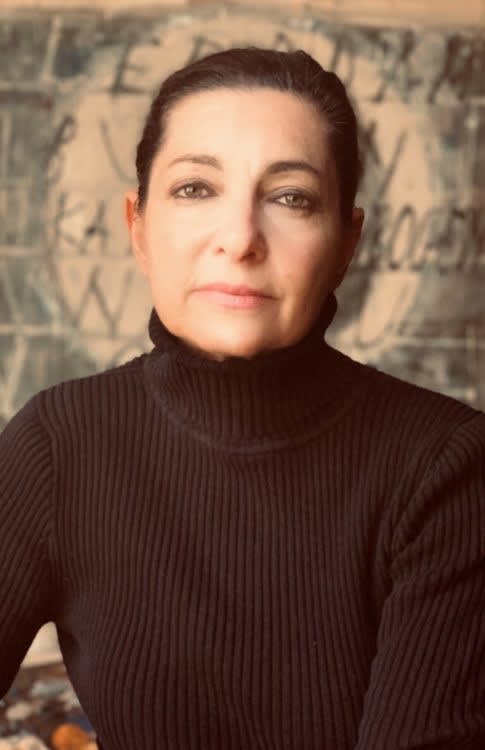
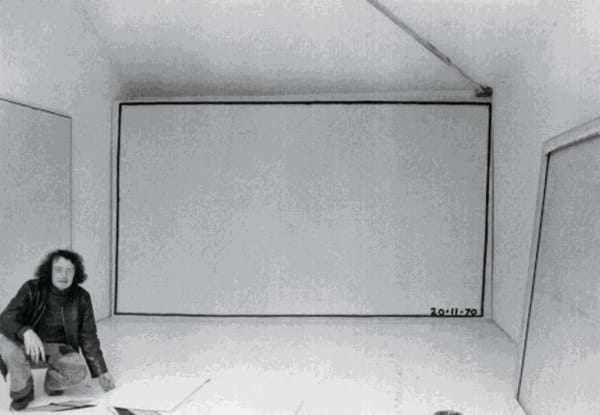
![Bice Lazzari - Linee e forma n.8 [Lines and form no.8], 1975](https://artlogic-res.cloudinary.com/w_600,c_limit,f_auto,fl_lossy,q_auto/ws-richardsaltoun2/usr/images/artists/artwork_image_for_artists_page/items/05/05483f49e8bb4d7c9936bb76aeefd3ec/bice-lazzari-roma-1957.-photo-by-alfredo-libero-ferretti.jpg?focal=38,10)

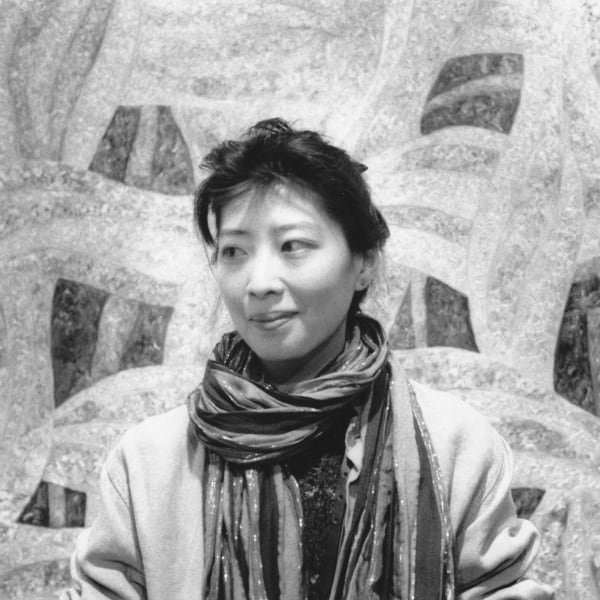
![Barbara LEVITTOUX-ŚWIDERSKA, The Blurry Space [Rozmyta przestrzeń], 1984](https://artlogic-res.cloudinary.com/w_600,c_limit,f_auto,fl_lossy,q_auto/ws-richardsaltoun2/usr/images/artists/artwork_image_for_artists_page/items/fd/fde62bc07dd8419fab236656fdd06f97/screenshot-2020-12-08-at-17.39.42.png)
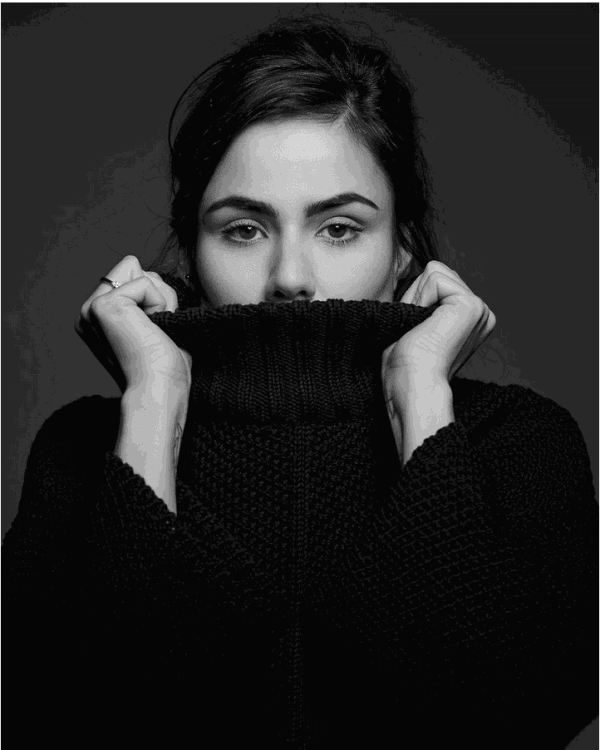
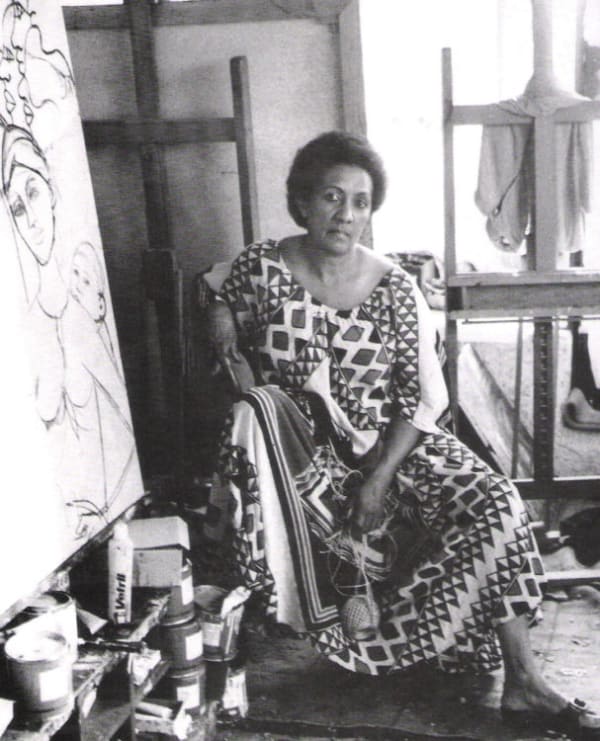

![Franca Maranò - Abito Mentale [Mental Dress], 1977](https://artlogic-res.cloudinary.com/w_600,c_limit,f_auto,fl_lossy,q_auto/ws-richardsaltoun2/usr/images/artists/artwork_image_for_artists_page/items/e8/e8e236a3867542b2b7e9497d06909184/ritratto-marano-1968-111-5x95-cm.jpg)
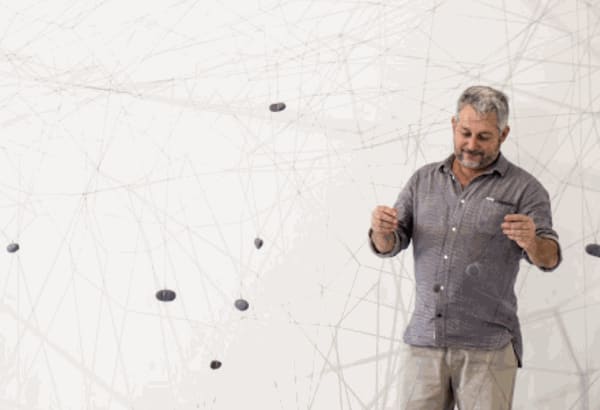
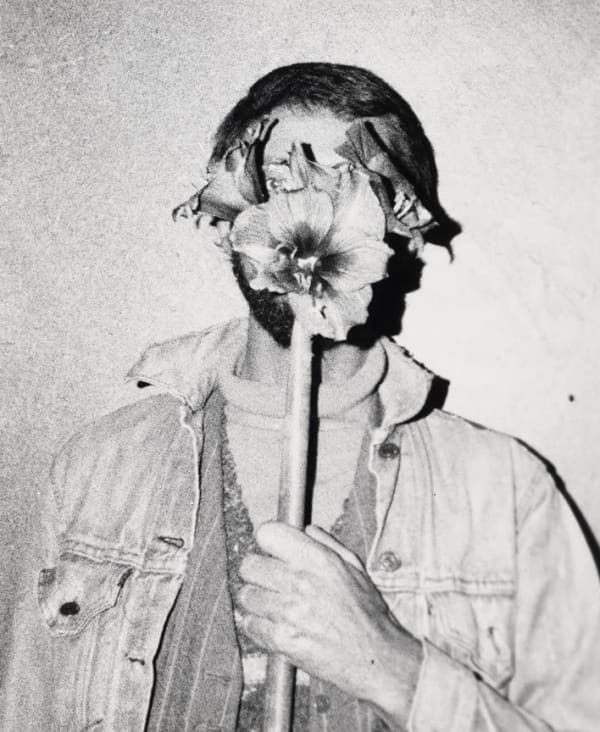
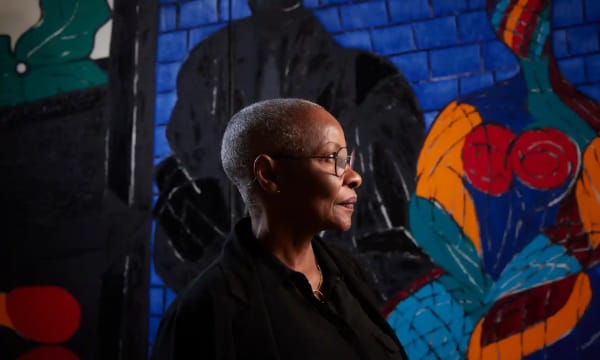

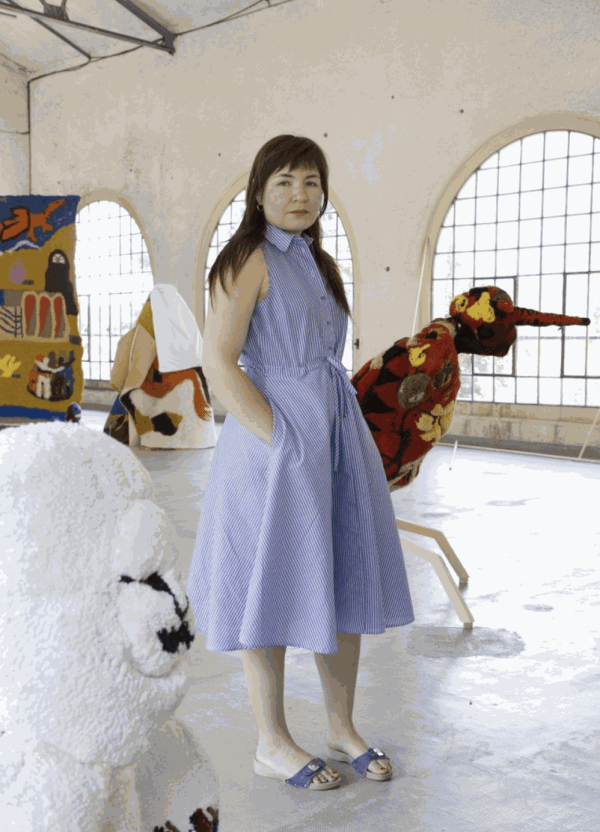
![Marinella Pirelli - Senza Titolo [Untitled], 2004](https://artlogic-res.cloudinary.com/w_600,c_limit,f_auto,fl_lossy,q_auto/ws-richardsaltoun2/usr/images/artists/artwork_image_for_artists_page/items/dd/dda16265d6054be9b82875246564c37c/marinella-pirelli.jpg)



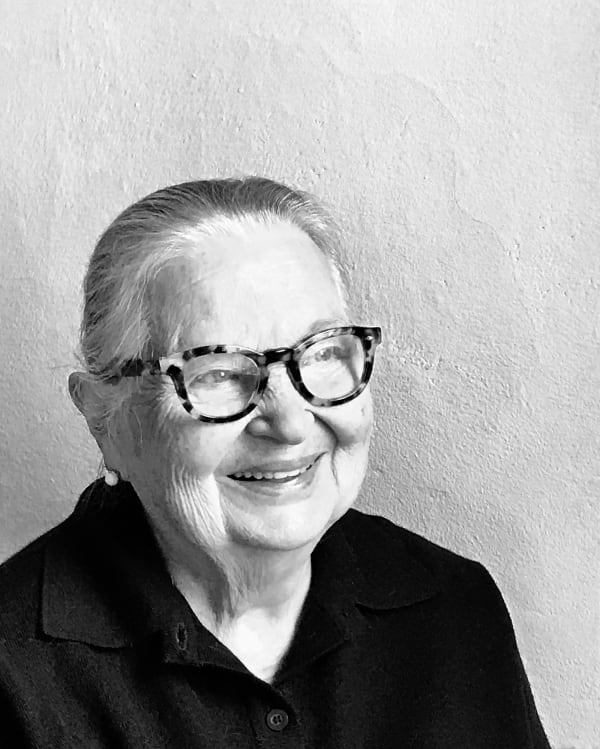
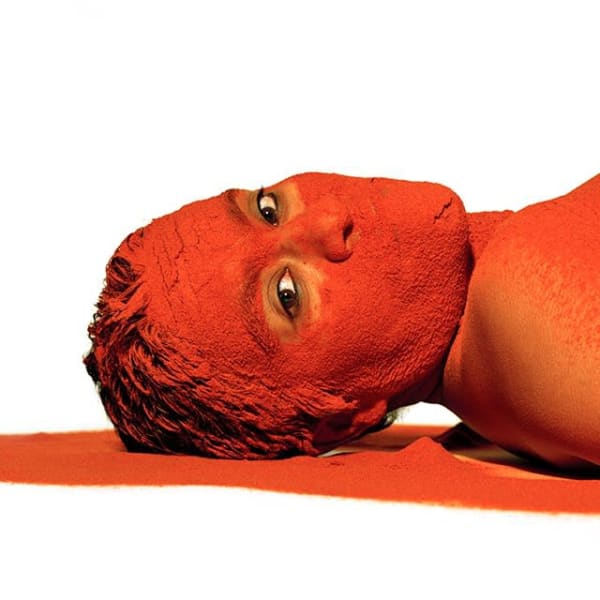

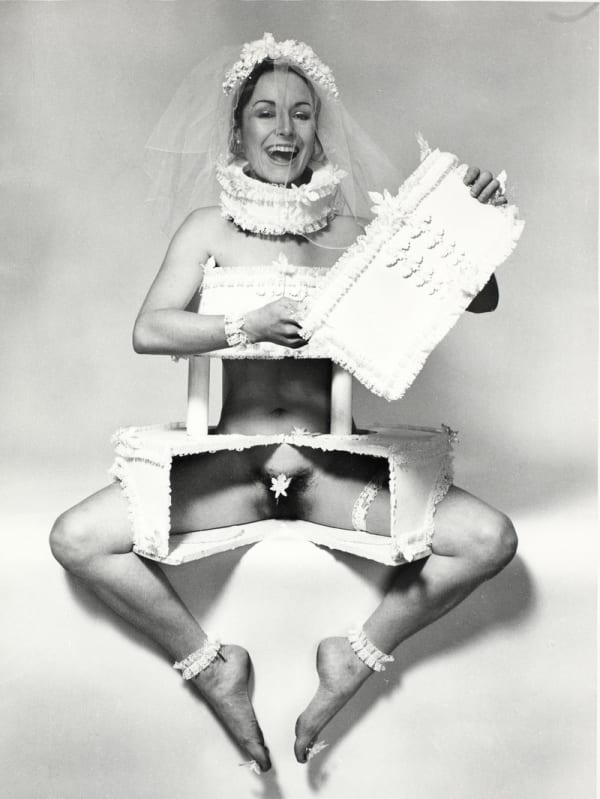
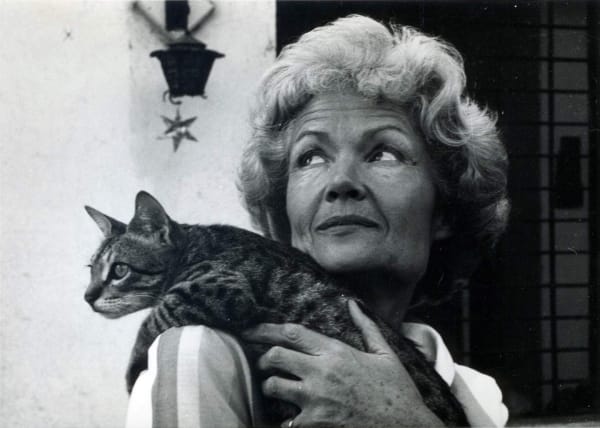
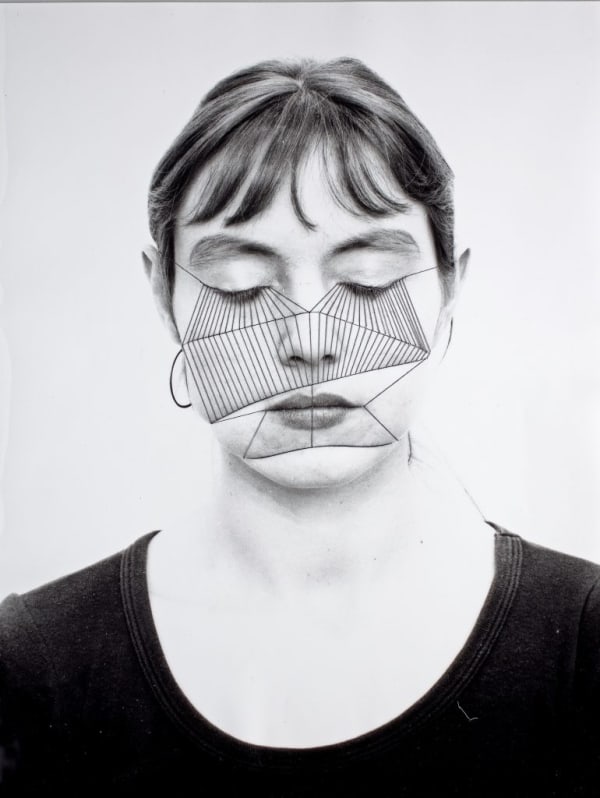
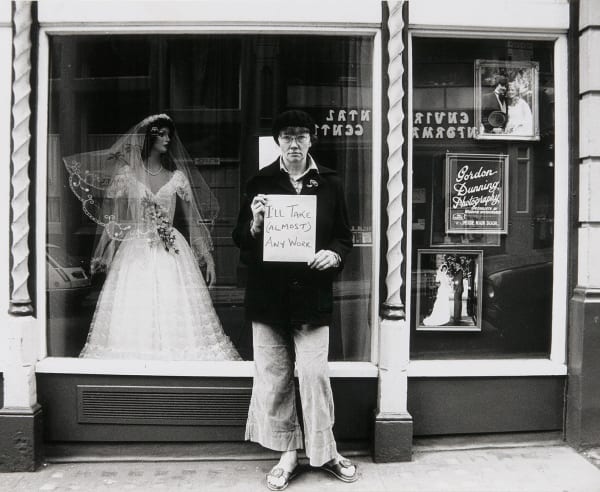
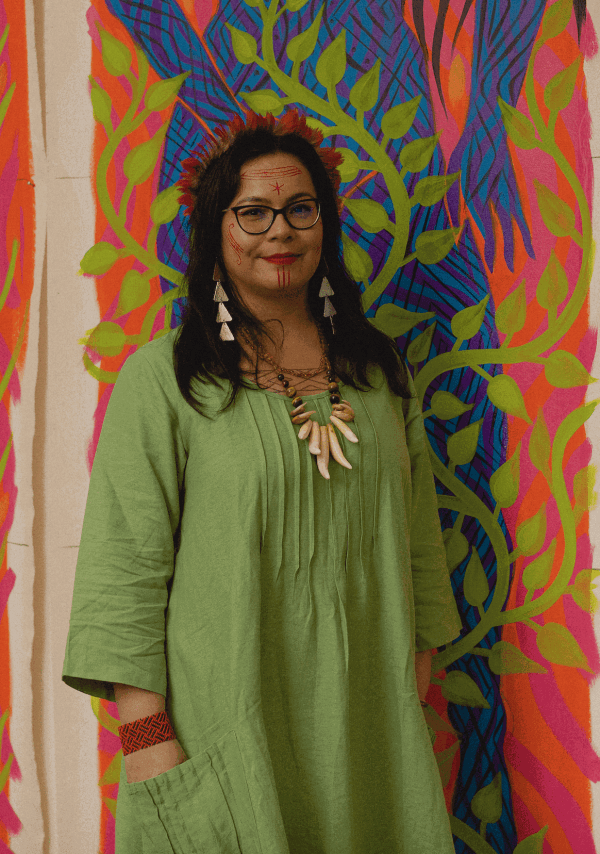


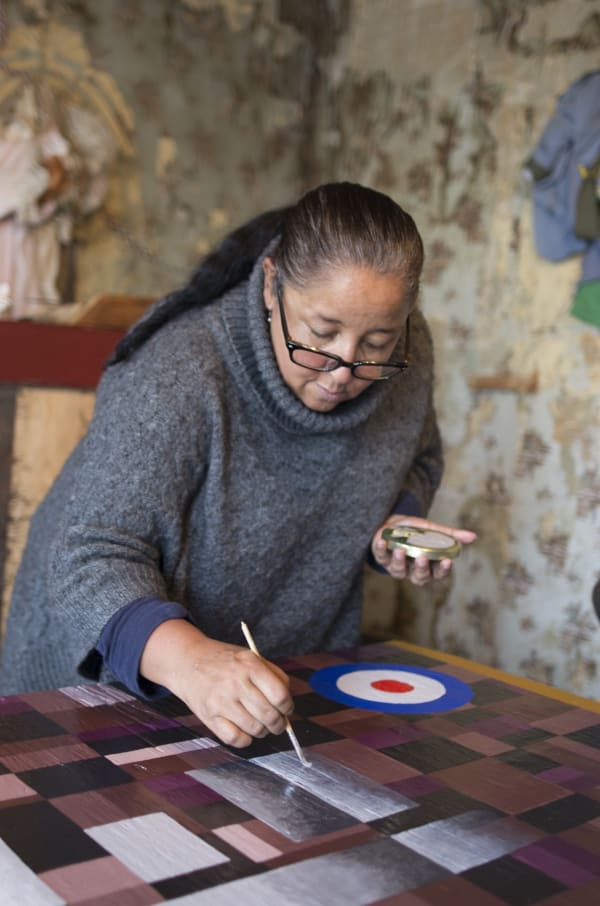
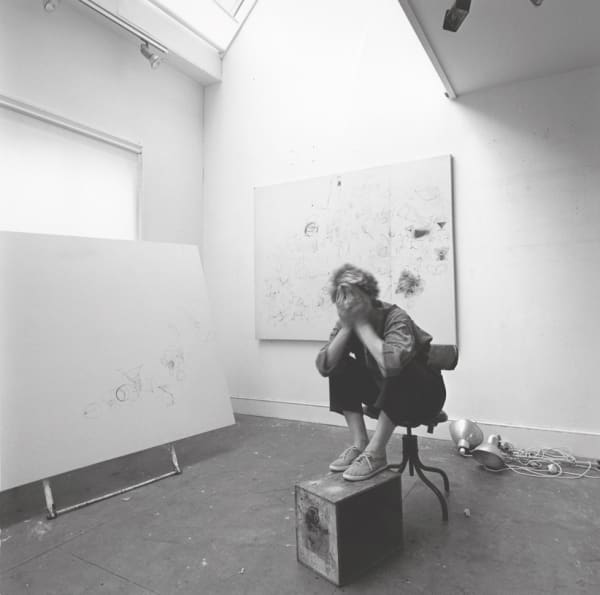
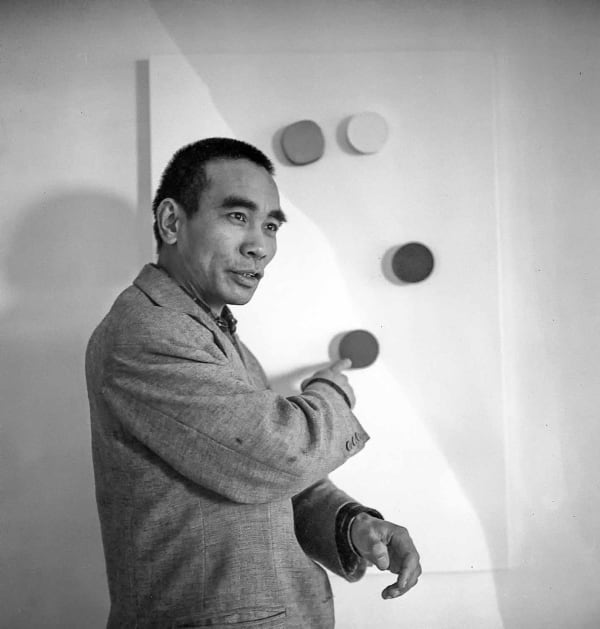
![Magdalena Abakanowicz, Relief sombre de Stefa [Dark relief of Stefa], 1975 (detail)](https://artlogic-res.cloudinary.com/w_600,c_limit,f_auto,fl_lossy,q_auto/ws-richardsaltoun2/usr/images/artists/artwork_image_for_artists_page/items/d6/d6c402fb1f27471cb43d182006b6a331/abakanowicz_the-artist-at-her-loom-1966.-artwork-magdalena-abakanowicz-foundation-photo-jan-michalewski.jpg)

![Olga de Amaral, Encalado en Laca azul [Whitewashed in Laca Azul], 1979 (detail)](https://artlogic-res.cloudinary.com/w_600,c_limit,f_auto,fl_lossy,q_auto/ws-richardsaltoun2/usr/images/artists/artwork_image_for_artists_page/items/f5/f5e1252f30134a23bfe336f1c8fcd7ab/ola044-4-5000px-2.jpg)
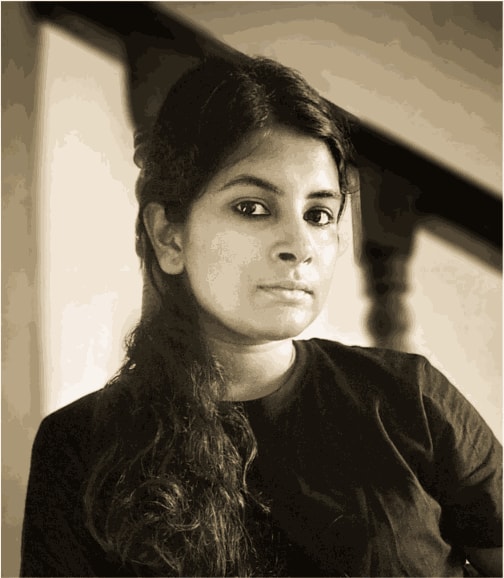
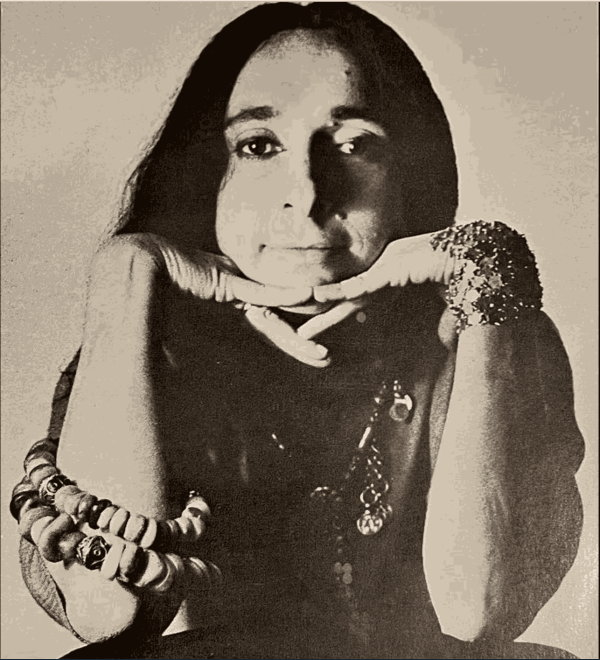
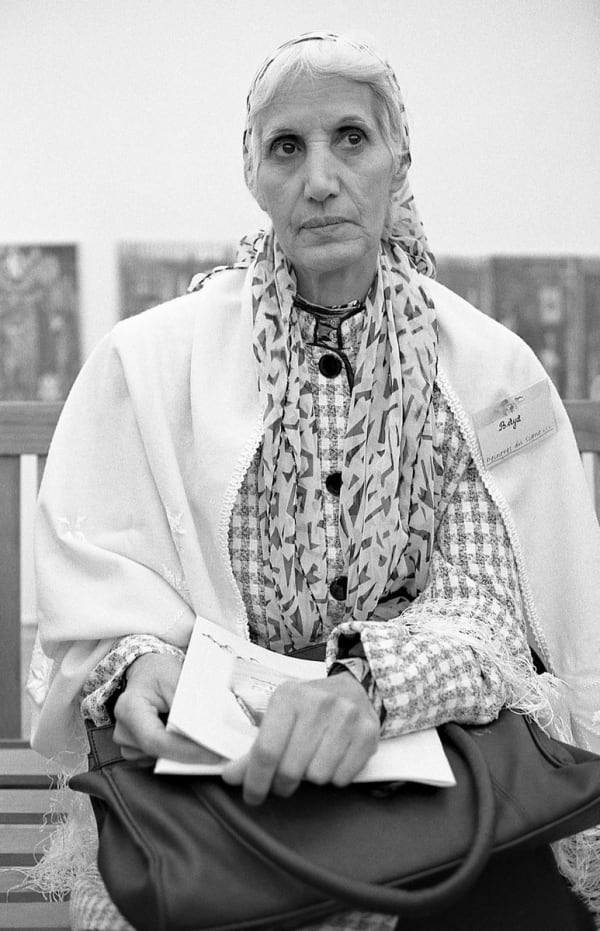
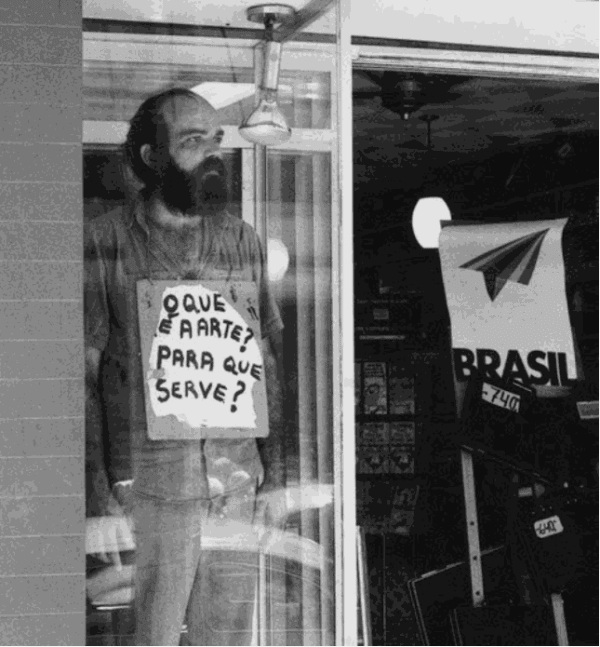
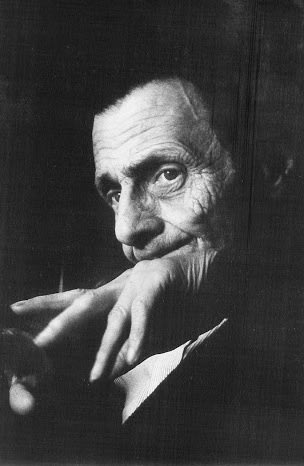
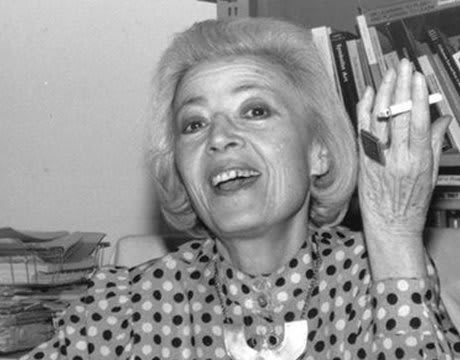
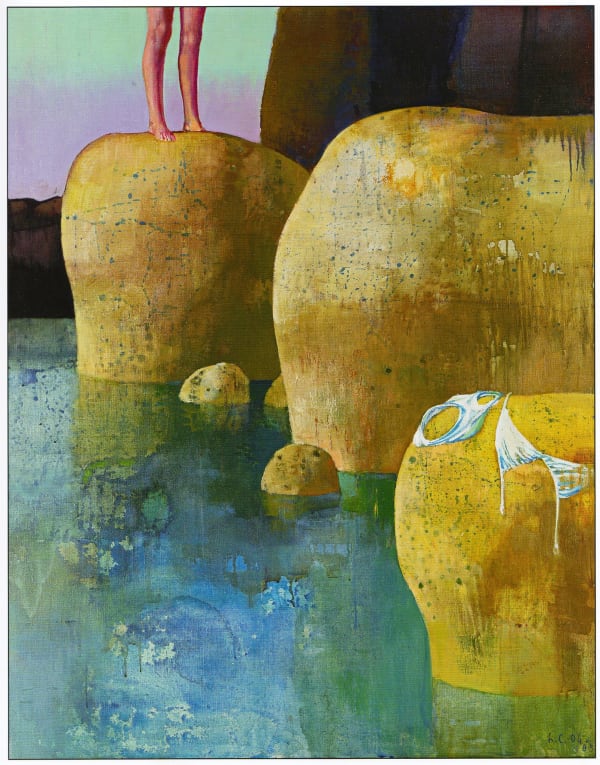
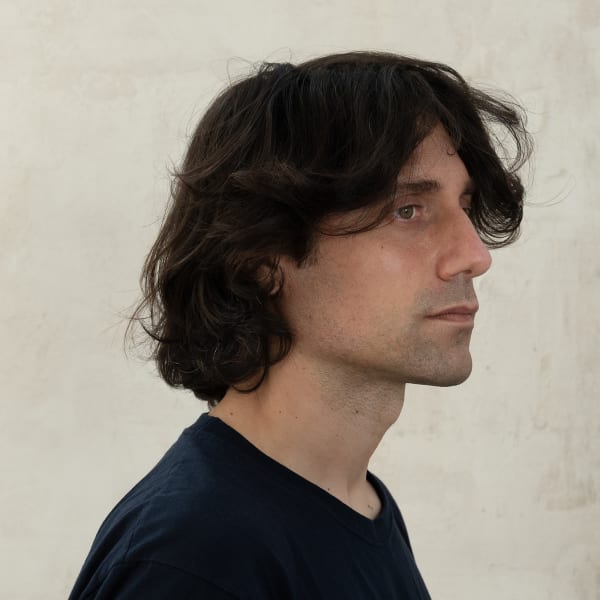
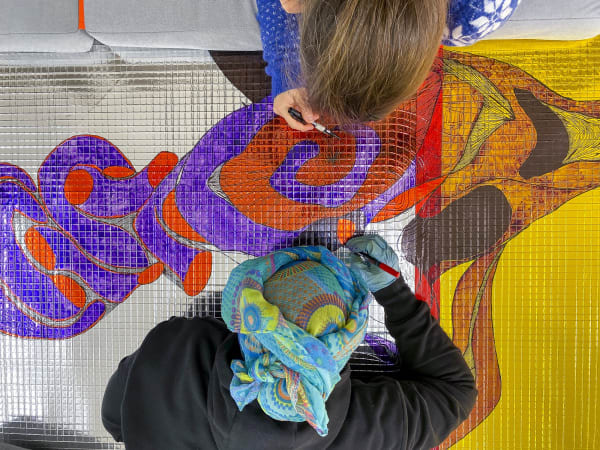



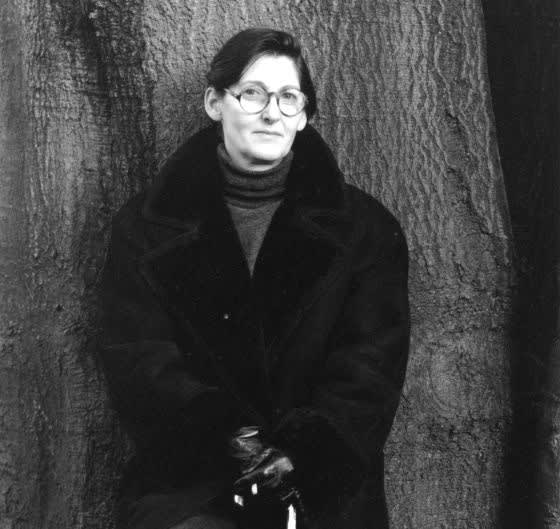
![Cleo Fariselli - Venere [Venus], 2024-2025](https://artlogic-res.cloudinary.com/w_600,c_limit,f_auto,fl_lossy,q_auto/ws-richardsaltoun2/usr/images/artists/artwork_image_for_artists_page/items/51/51bb21ef3f1e4548abe0e6a0ea2c828c/fariselli_portrait.jpg)
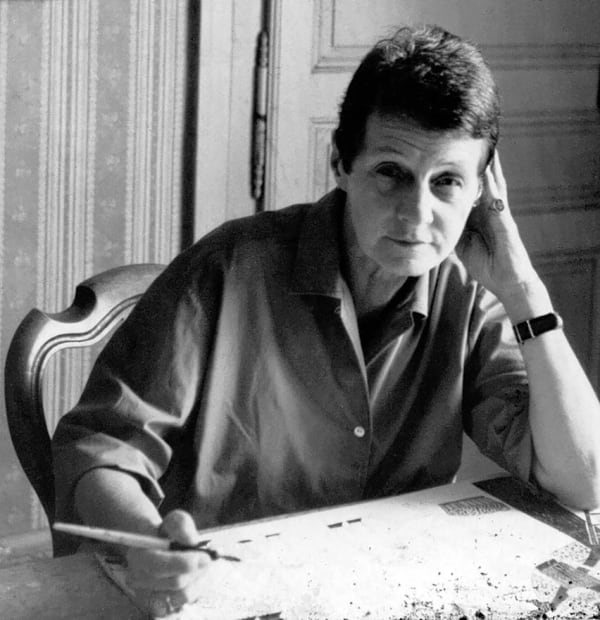
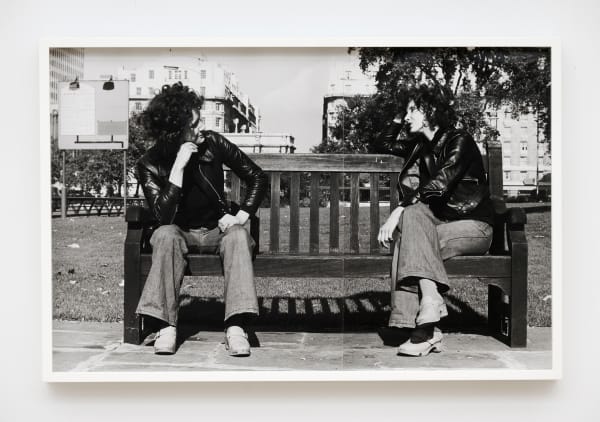
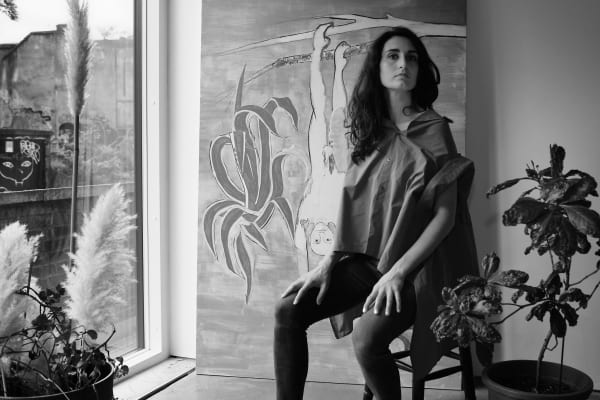

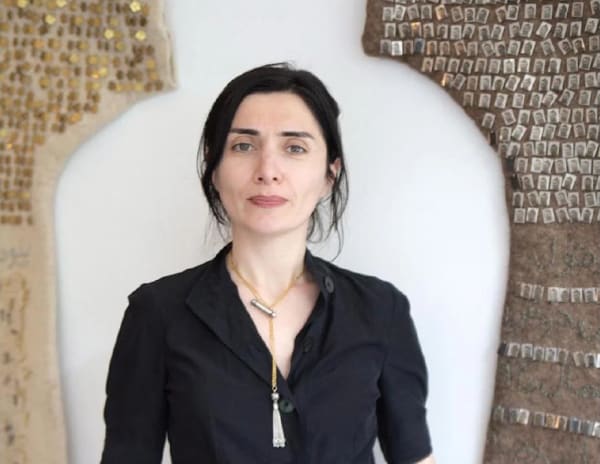
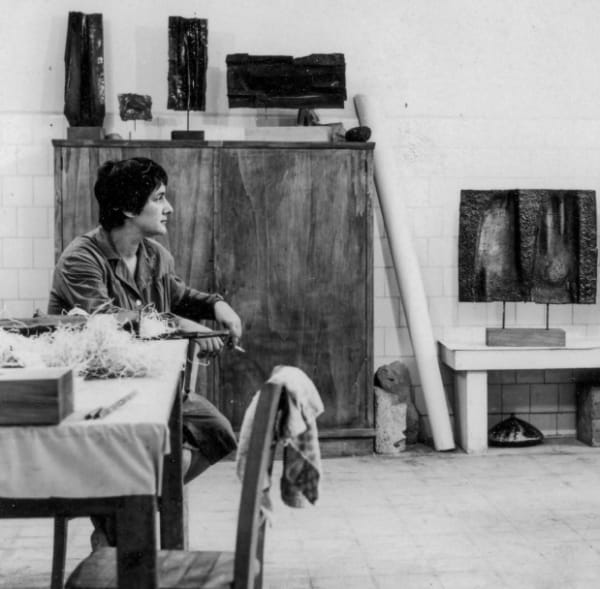

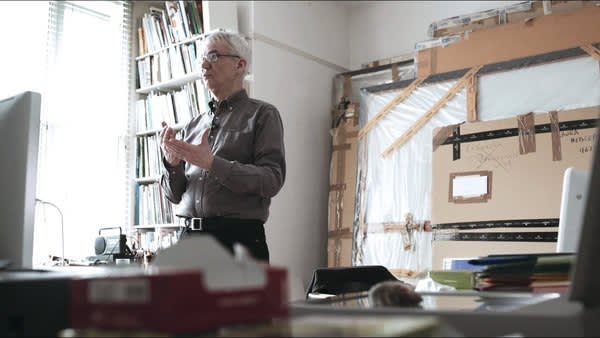
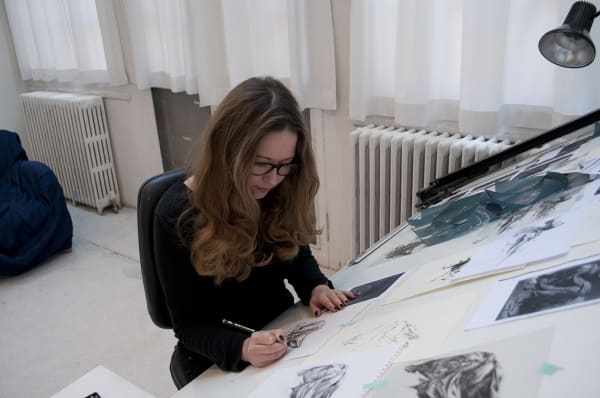
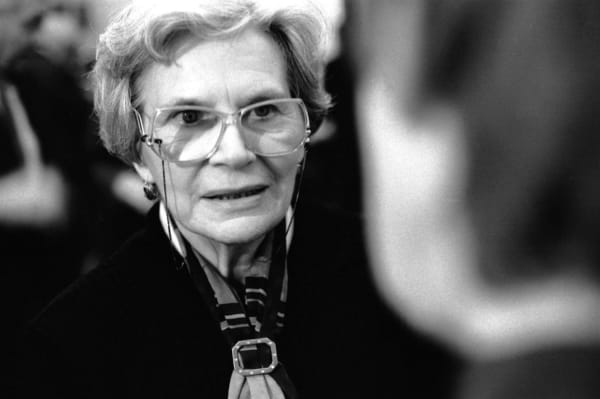
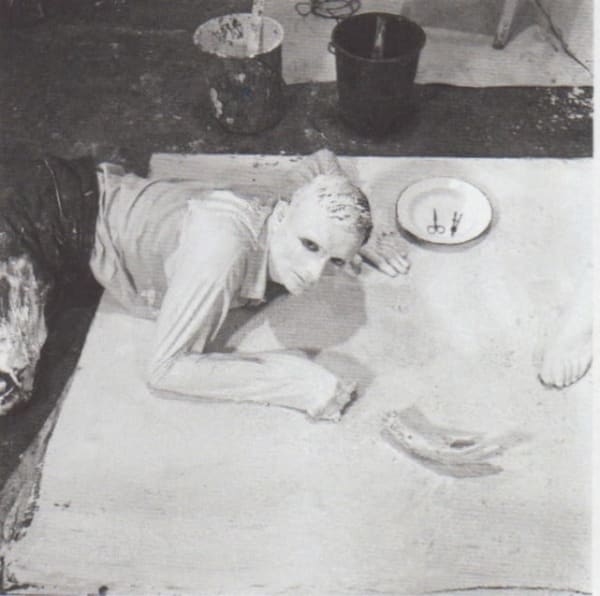
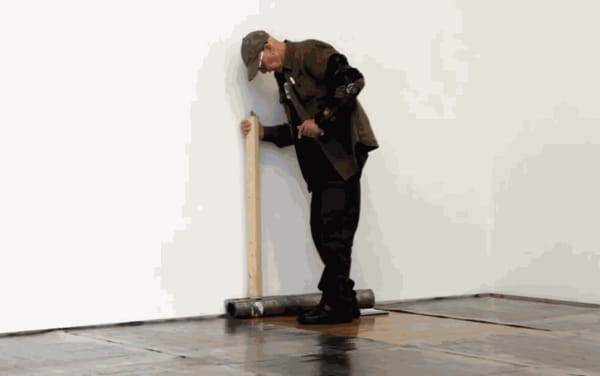

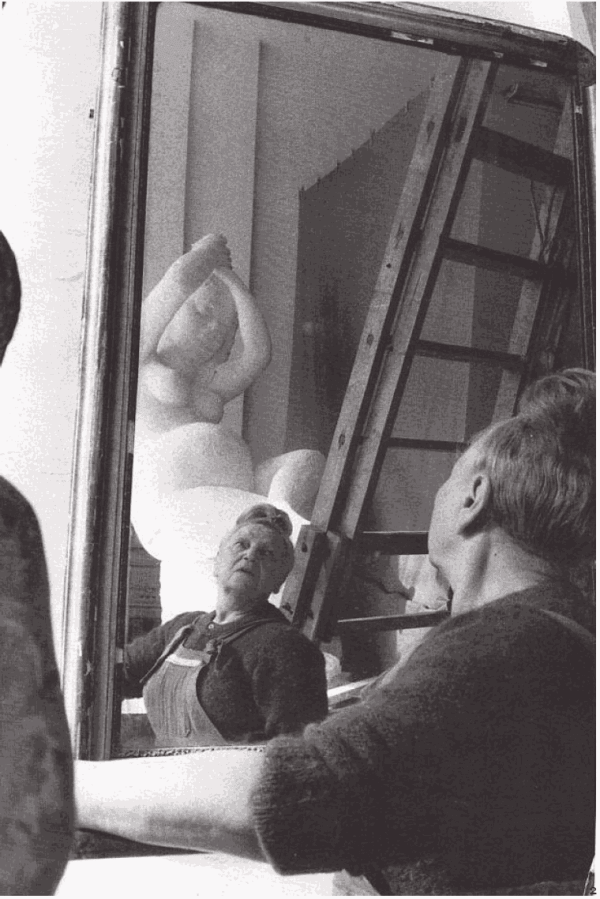
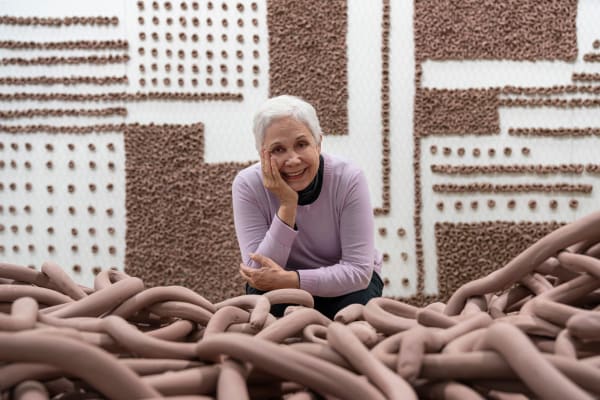
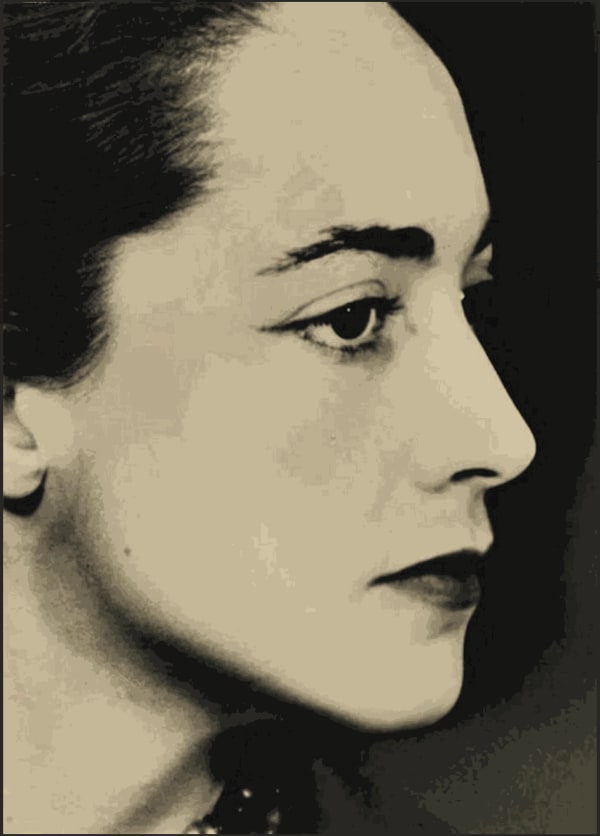
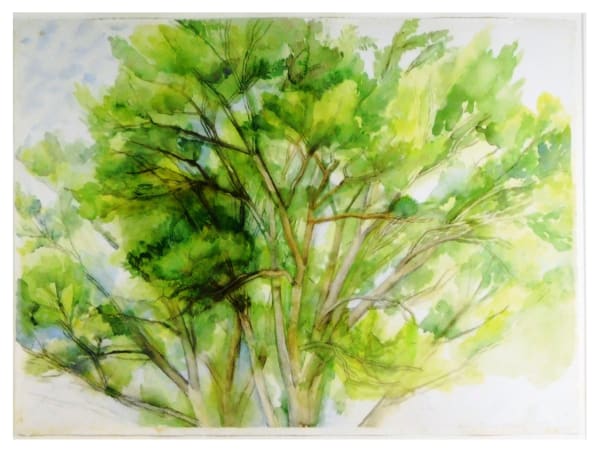

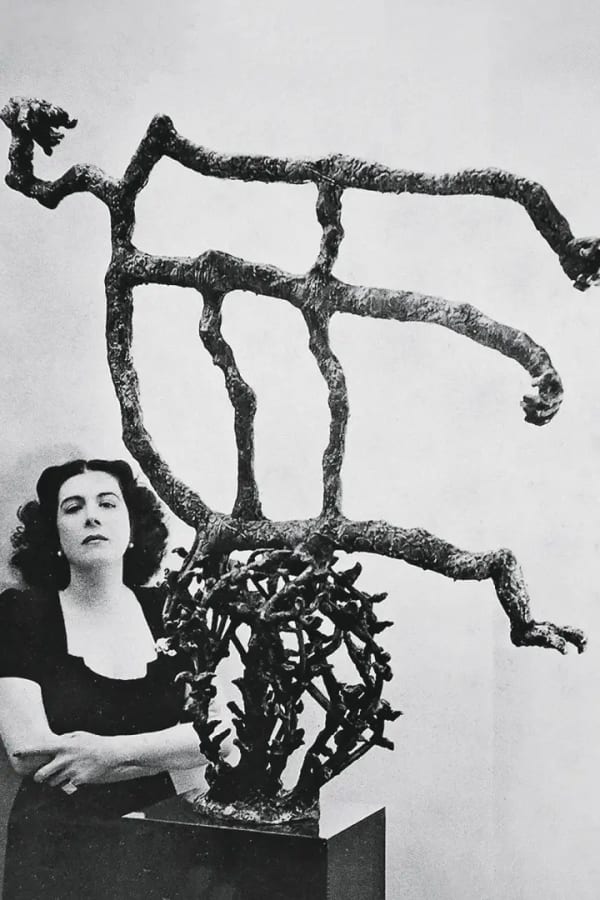
![Eliseo Mattiacci - Pianeti [Planets], 1982](https://artlogic-res.cloudinary.com/w_600,c_limit,f_auto,fl_lossy,q_auto/ws-richardsaltoun2/usr/images/artists/artwork_image_for_artists_page/items/e8/e882facf28db4146a83e7d46ee1f31d3/eliseo-mattiacci-pesaro-2006.-photo-aurelio-amendola-1024x865.jpg)



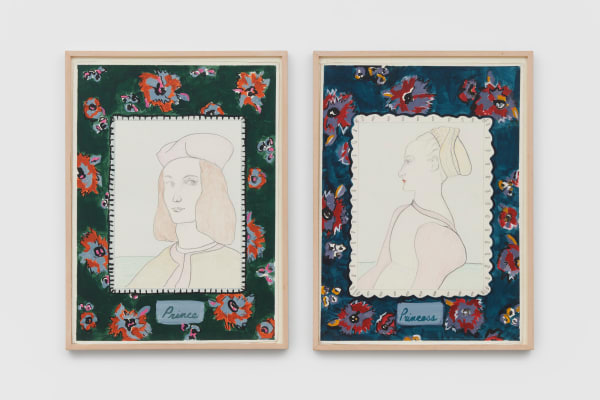
![Giulia Napoleone - Ombre del mattino 11 [Morning Shadows 11], 2022](https://artlogic-res.cloudinary.com/w_600,c_limit,f_auto,fl_lossy,q_auto/ws-richardsaltoun2/usr/images/artists/artwork_image_for_artists_page/items/64/64f30e6d7bc949fa9e95d9b5358528d9/dsc_6584.jpg)



![Azione Sentimentale [Sentimental Action], 1973 (detail)](https://artlogic-res.cloudinary.com/w_600,c_limit,f_auto,fl_lossy,q_auto/ws-richardsaltoun2/usr/images/artists/artwork_image_for_artists_page/items/61/61e0671407b347ada2fd81feb9727b75/thumb_large.jpg?focal=51,91)


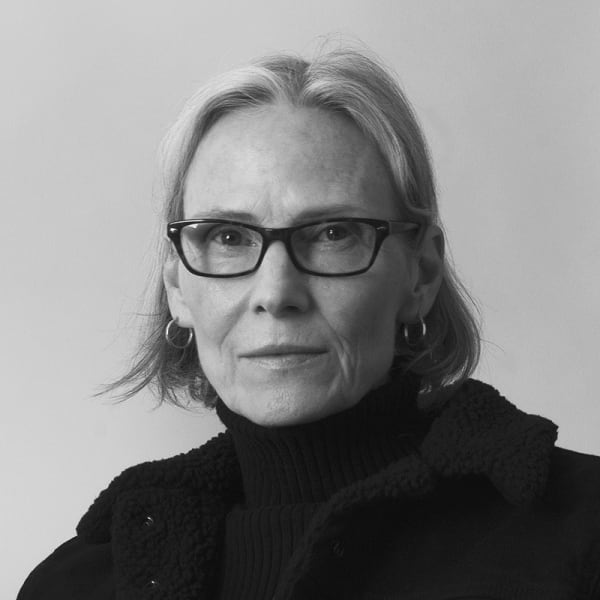
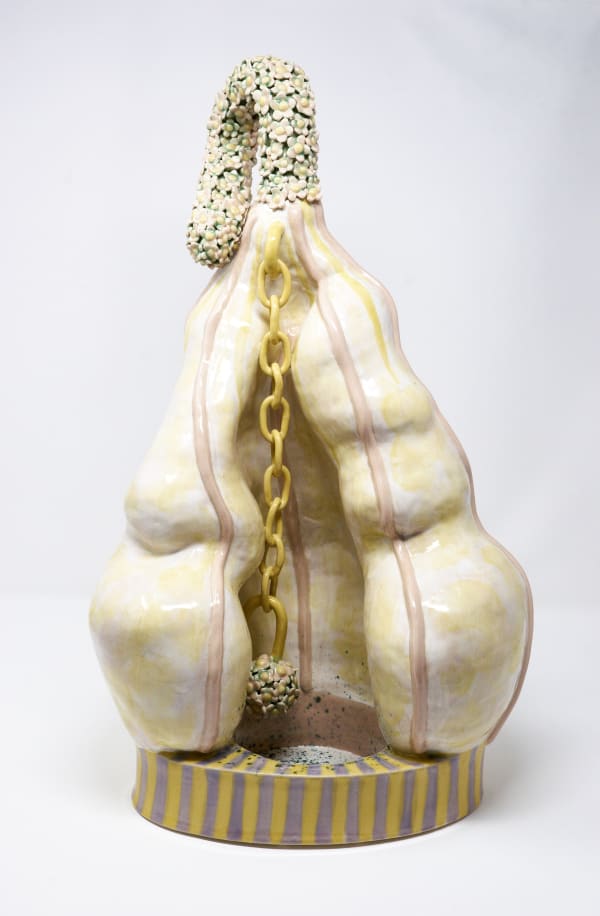

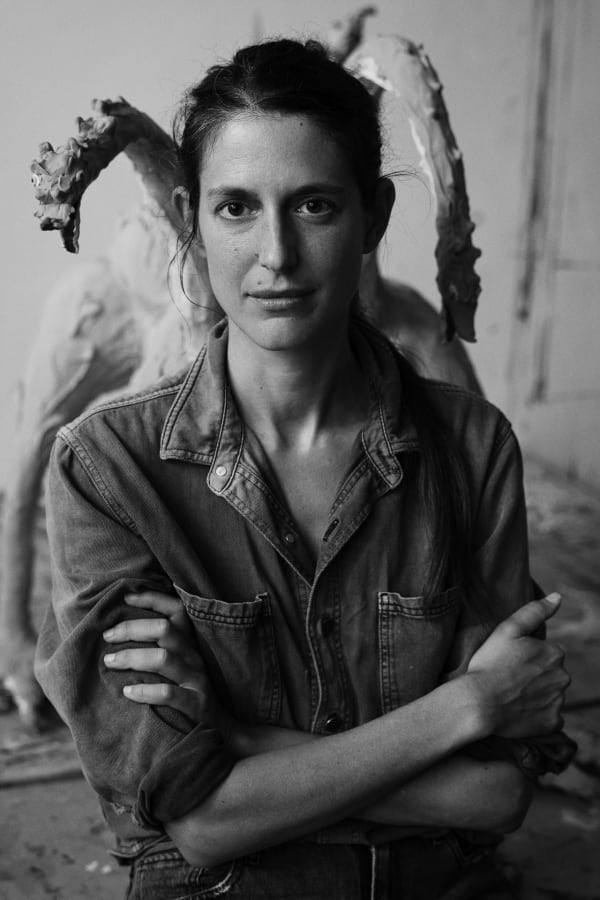
![Edgardo Antonio Vigo - Danza Ritual Macabra [Macabre Ritual Dance], 1992](https://artlogic-res.cloudinary.com/w_600,c_limit,f_auto,fl_lossy,q_auto/ws-richardsaltoun2/usr/images/artists/artwork_image_for_artists_page/items/a0/a039842306f641859cb2a776c428e33a/palanganometro_mecedor_para_criticos_de_arte_.jpg?focal=79,13)

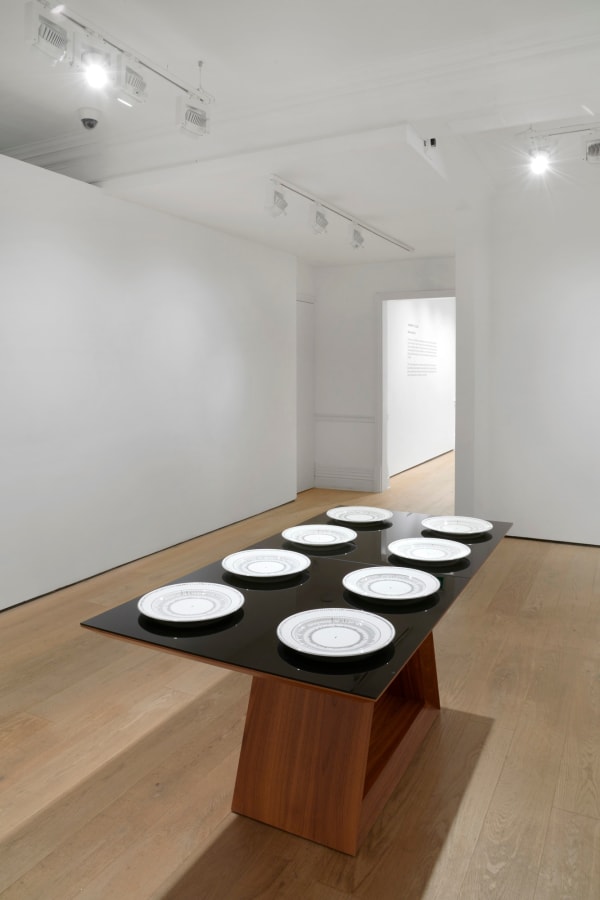

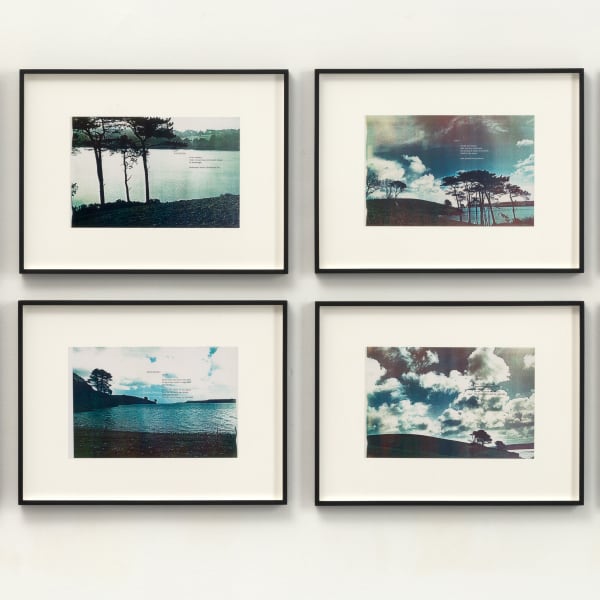
![VKhUTEMAS [Workshop] - Architectural Model, V-1(C)-23(3), 1929](https://artlogic-res.cloudinary.com/w_600,c_limit,f_auto,fl_lossy,q_auto/artlogicstorage/richardsaltoun/images/view/e2dc371d3e661c4eb03b8ec3bd68adad7bb3b0c9/richardsaltoun-vkhutemas-workshop.jpg)